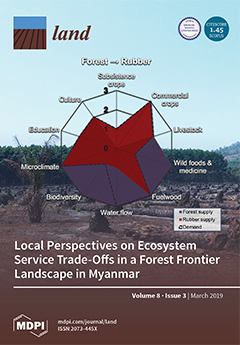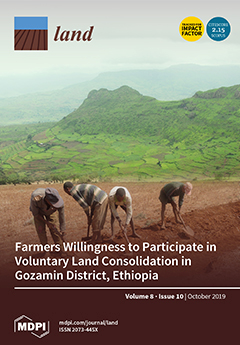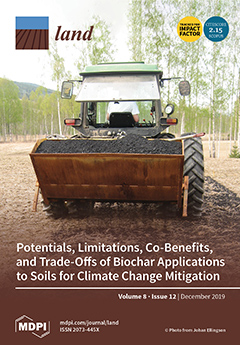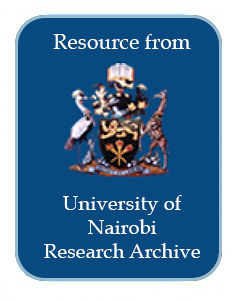Assessment of Suitability of Tree Species for Bioenergy Production on Burned and Degraded Peatlands in Central Kalimantan, Indonesia
Large areas of deforested and degraded land, particularly degraded peatlands, need a viable long-term solution for restoration, ideally one that ensures energy security without compromising food security or biodiversity conversation. To address a knowledge gap on the most adaptive bioenergy crop(s) for degraded lands, this research project assessed the survival and growth performance of potential bioenergy crops to restore burned and degraded peatlands.









